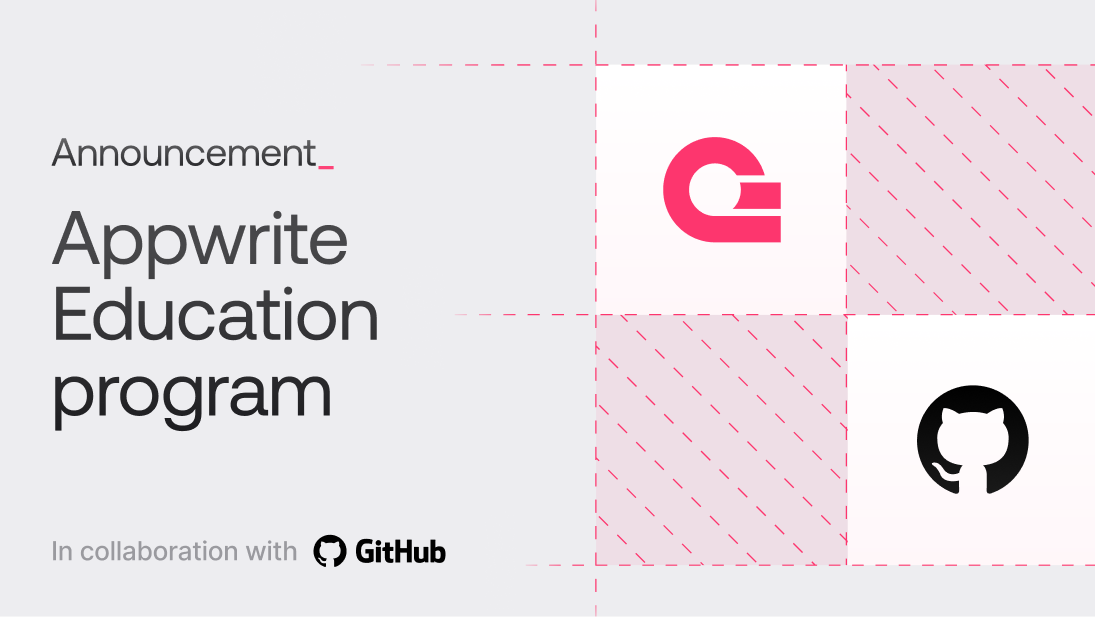For the last few years, every single time Hacktoberfest comes, one challenge that has constantly been discussed is how to make open source healthier for everyone. This isn’t to say that open source is an unhealthy space; rather, it has a much larger positive impact than most people can imagine. However, Hacktoberfest sees the entry of a flurry of new contributors trying their hands at getting in their first Pull Requests. This period is a particularly impressionable phase for new contributors to open source, and gaining a better understanding of how contributors should participate in a healthy manner only makes for a better, more welcoming community. Therefore, in this blog, we will explore what community health means in the context of open-source communities and the role contributors play in making it better.
Understanding what community health in open source means
In the context of open-source communities, community health refers to the overall well-being, sustainability, and effectiveness of the community working on a project. It involves various factors that contribute to a productive and supportive environment, encouraging collaboration, inclusivity, and growth.
A healthy open-source community typically has the following characteristics:
Active participation and continuous engagement
An inclusive and open environment for everyone, regardless of their backgrounds, skills, etc.
Effective communication channels, such as mailing lists, forums, or chat rooms
Transparent decision-making about the project's direction, priorities, and governance
Strong leadership to guide the community, set the vision, and help resolve conflicts
A well-defined code of conduct to establish expectations for behavior
Well-maintained documentation for the project and its processes
Recognition and appreciation of contributors' efforts
Collaboration and teamwork among members
Opportunities to learn and grow as a professional
While some of these characteristics, like strong leadership, transparent decision-making, and creating a code of conduct, are responsibilities primarily held by maintainers, most of these are shared between maintainers and contributors.
Building a healthy set of contribution practices
Having discussed what community health means, it is necessary to then discuss what contributors can do to improve the community experience for everyone involved in the contribution process. Here are some practices I recommend from my experience as a contributor and maintainer:
Wait till you’re assigned an issue
The majority of open-source projects have processes of selecting what issue is necessary to work on and who works on what issue. This is why it is important to ensure that your raised issue is either selected or you’re assigned to work on one. Not doing so before you start contributing may cause you to repeat someone else’s work.
Make objectively valuable contributions
When making a contribution, it is important to ensure that your contribution is objectively valuable and not subjective. Only then does it create value for everyone in the community and not a specific group only. For example, fixing spelling mistakes in documentation is objectively valuable, but changing a paragraph from active to passive voice is not.
Focus on quality rather than quantity
Rather than making too many contributions quickly and carelessly, it is better to focus on a smaller number and ensure they’re in the best shape possible. This way, your work leads to lesser maintenance debt and more positive value addition.
Review previously merged contributions
Looking through past accepted contributions gives you a better idea of the project's development practices and communication processes. Better clarity on these makes it much easier for you to integrate within the operations of the projects.
Don’t call dibs on issues
There’s plenty of work to go around for every person in the community, whether around code, documentation, maintenance, etc. Let’s make sure we don’t end up adding more barriers in the process by spamming requests to get assigned on every issue we find.
Wait for a couple of days before you ask for an issue to be reassigned
When contributing to open source, it is necessary to remember that most people participate here outside of their day-to-day lives. With everything else in our lives, with work, academics, families, etc., sometimes people can’t prioritize open source immediately. A little patience here goes a long way for everyone.
Communicate your progress with the maintainers
After you are assigned an issue, it’s good to update the project’s maintainers at regular intervals. This way, everyone in the process can track progress and challenges, thus keeping transparency for the community.
Be patient with the maintainers
Most open-source work is unpaid and voluntary. Maintainers do it out of their love for the technology and community. And as lovely as maintaining their project can be, as the communities around their projects grow, it can very easily become overwhelming. Therefore, if your contribution has been under review for a while, patience goes a long way.
Help with Pull Request reviews
Most open-source projects tend to have a much higher ratio of contributors to maintainers. Therefore, once you know what maintainers look for in changes, you can leave appropriate feedback for the project to help make life easier for everyone.
Give and accept feedback constructively and humbly
The beauty of open source is that you could end up collaborating with people from drastically different places, walks of life, or knowledge levels. You never know whether the person you’re working with is a college sophomore or a veteran software engineer. Giving constructive feedback means that you enable others to learn and grow from your experiences. Accepting it with humility enables you to achieve the same.
Going forward
Ensuring that open source remains healthy for everyone is a proactive effort across maintainers and contributors. As long as we all take the necessary steps, we can keep this community welcoming for new and experienced individuals alike in the coming times.



